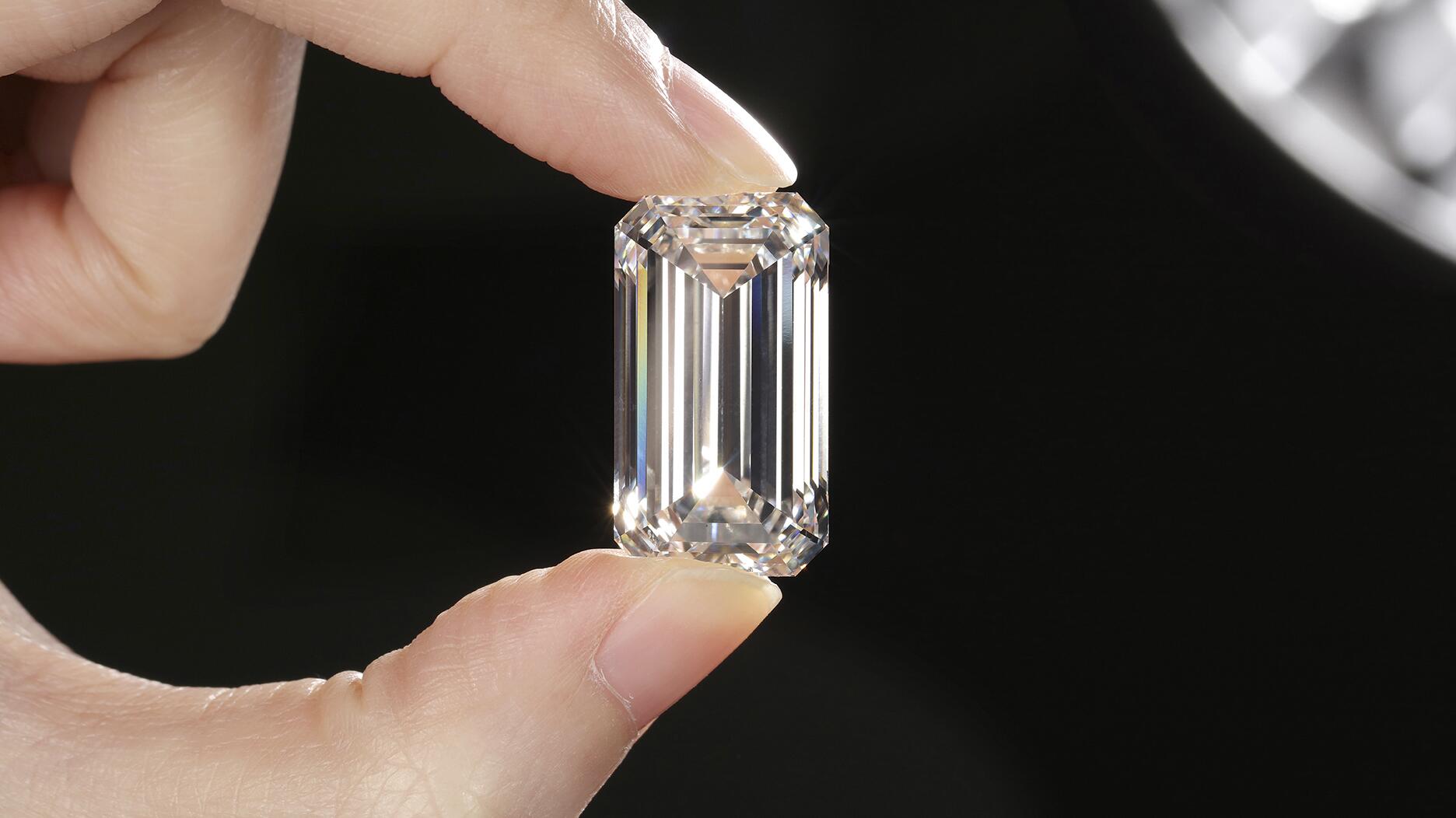In the realm of diamonds, a new player has emerged, disrupting the traditional market and sparking conversations about sustainability and ethics. Enter lab grown diamonds, the ingenious creation that’s changing the jewelry landscape. But what’s the real story behind these sparkling gems? Let’s delve into the fascinating world of lab grown diamonds and uncover the insider secrets.
Introduction to Lab Grown Diamonds
What are lab grown diamonds? Lab grown diamonds, also known as synthetic or cultured diamonds, are precisely engineered in controlled laboratory environments rather than being formed naturally in the earth’s crust. Despite their origin, they possess the same chemical composition, physical properties, and brilliance as natural diamonds.
How are lab grown diamonds made? Lab grown diamonds are created using two primary methods: high pressure, high temperature (HPHT) and chemical vapor deposition (CVD). In the HPHT method, carbon is subjected to extreme pressure and temperature, mimicking the natural diamond formation process. Conversely, the CVD method involves the deposition of carbon atoms onto a substrate, resulting in the growth of diamond crystals layer by layer.
The Rise of Lab Grown Diamonds
Environmental concerns One of the driving forces behind the growing popularity of lab grown diamonds is their minimal environmental impact. Unlike traditional diamond mining, which involves extensive land disruption and contributes to habitat destruction, lab grown diamonds are produced in controlled environments with significantly lower energy consumption and carbon emissions.
Ethical considerations Beyond environmental benefits, lab grown diamonds offer a solution to the ethical dilemmas associated with the diamond industry. By eliminating the need for mining, lab grown diamonds bypass issues such as forced labor, child labor, and conflict financing, providing consumers with a guilt-free alternative.
Quality and Characteristics
How do lab grown diamonds compare to natural diamonds? Lab diamonds exhibit identical chemical composition and physical properties to natural diamonds, making them indistinguishable to the naked eye. They possess the same hardness, brilliance, and fire, offering consumers a genuine diamond experience without the ethical or environmental drawbacks.
Grading and certification To ensure transparency and authenticity, lab diamonds undergo rigorous grading and certification processes by reputable gemological laboratories. These certifications provide consumers with peace of mind and assurance of the diamond’s quality and origin.
Cost Comparison
Price differences between lab grown and natural diamonds One of the most compelling advantages of lab grown diamonds is their affordability. On average, lab grown diamonds are significantly cheaper than their natural counterparts, offering consumers the opportunity to purchase larger, higher quality stones at a fraction of the cost.
Consumer Trends
Increasing popularity among millennials Millennials, known for their eco-conscious mindset and desire for transparency, are driving the demand for lab grown diamonds. They value sustainability and ethical practices, making lab grown diamonds an attractive choice for engagement rings and other jewelry pieces.
Shift in purchasing behavior As awareness of lab diamonds continues to grow, there’s been a notable shift in consumer purchasing behavior. More individuals are opting for lab grown diamonds over natural diamonds, recognizing the benefits they offer in terms of both cost and conscience.
Industry Insights
Major players in the lab grown diamond market The lab diamonds market is witnessing rapid expansion, with numerous companies vying for market share. Established players like Diamond Foundry and Brilliant Earth, along with emerging startups, are leading the charge in revolutionizing the diamond industry.
Future projections Industry experts predict continued growth and innovation in the lab grown diamond market, driven by increasing consumer demand and advancements in technology. As sustainability and ethical concerns take center stage, lab grown diamonds are poised to become the diamond of choice for future generations.
The Science Behind Lab Grown Diamonds
High pressure, high temperature (HPHT) method In the HPHT method, carbon seeds are exposed to extreme pressure and temperature conditions, causing them to crystallize into diamonds over time. This process closely mimics the natural diamond formation process, resulting in diamonds with exceptional purity and clarity.
Chemical vapor deposition (CVD) method The CVD method involves the use of a diamond seed and a gas mixture containing carbon. Under carefully controlled conditions, the carbon atoms are deposited onto the diamond seed, gradually building up layers of diamond material. This method allows for precise control over the diamond’s growth and quality.
Advantages of Lab Grown Diamonds
Sustainability lab grown diamonds insider story alternative to traditional diamond mining, minimizing environmental impact and reducing carbon emissions. By opting for lab grown diamonds, consumers can enjoy the beauty of diamonds without contributing to environmental degradation.
Conflict-free sourcing Unlike natural diamonds, which may be associated with conflict and exploitation, lab grown diamonds are ethically sourced and free from any social or political controversies. They provide consumers with the assurance that their purchase supports responsible and ethical practices.
Challenges and Misconceptions
Perception of lab grown diamonds One of the main challenges facing lab grown diamonds is the perception that they are inferior to natural diamonds. Despite scientific evidence proving otherwise, some consumers still hold onto the misconception that lab grown diamonds lack authenticity or value.
Market acceptance While lab grown diamonds are gaining traction in the market, there’s still a significant hurdle to overcome in terms of widespread acceptance. Educating consumers about the benefits and qualities of lab grown diamonds is essential in dispelling myths and fostering acceptance.
Applications Beyond Jewelry
Industrial uses of lab grown diamonds In addition to their use in jewelry, lab grown diamonds have various industrial applications due to their exceptional hardness and thermal conductivity. They are used in cutting tools, abrasives, and even in advanced technological applications such as quantum computing.

